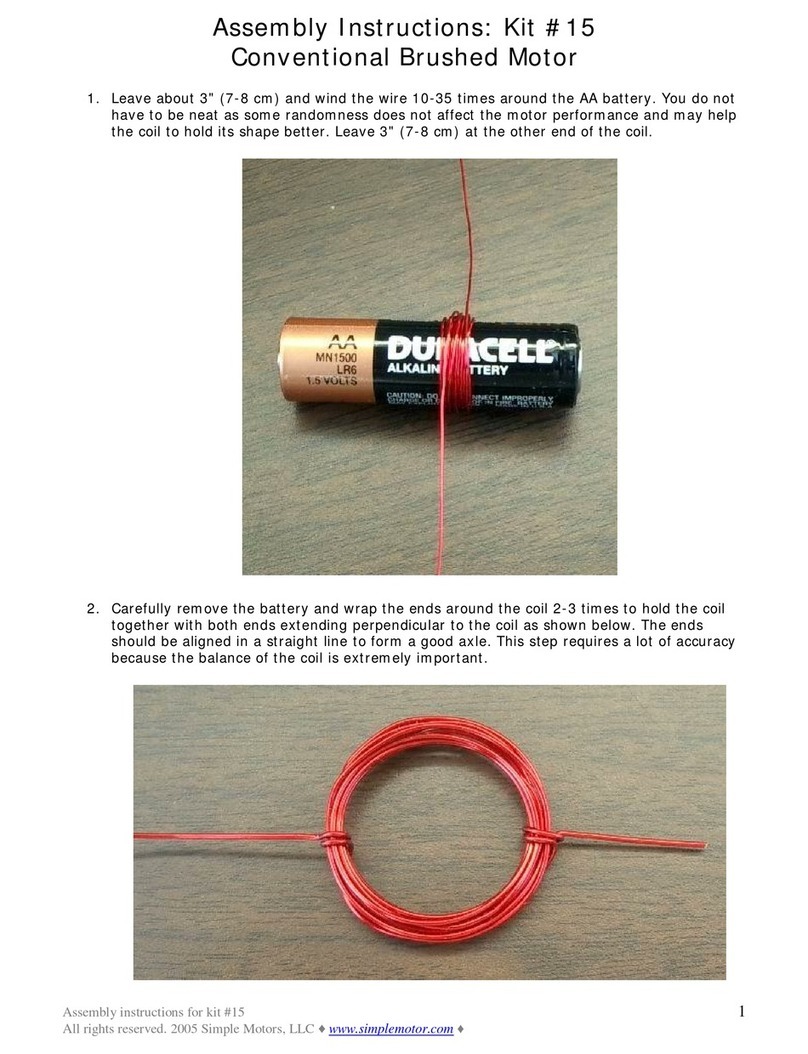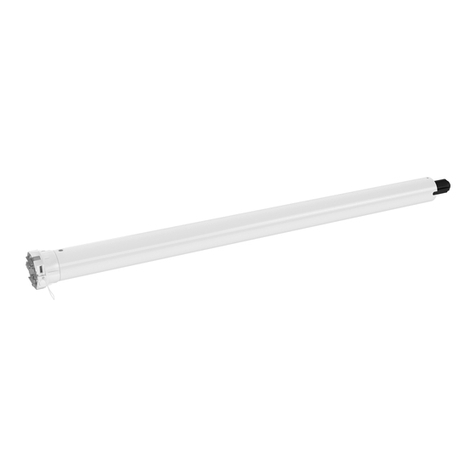Simple Motors Kit 6 User manual









Other Simple Motors Engine manuals
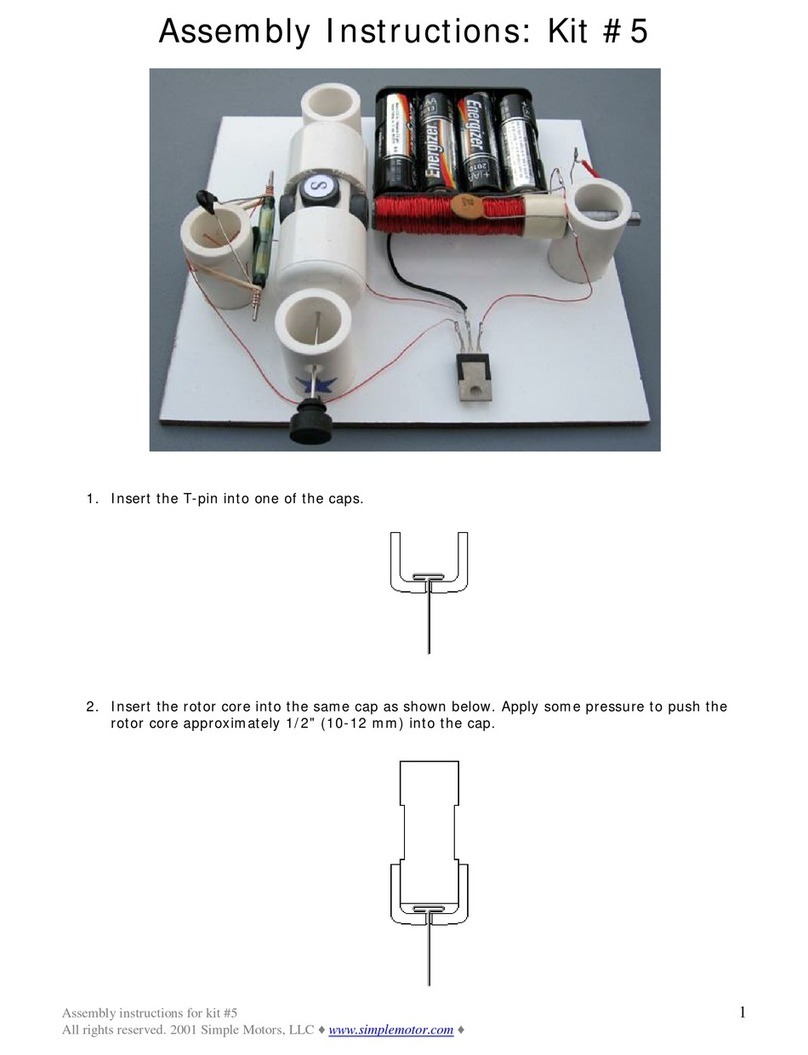
Simple Motors
Simple Motors Kit 5 User manual
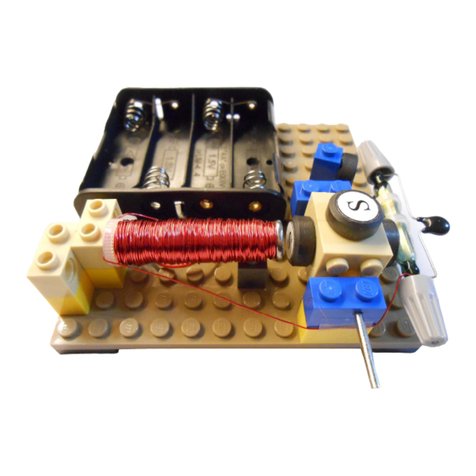
Simple Motors
Simple Motors Kit 13 User manual
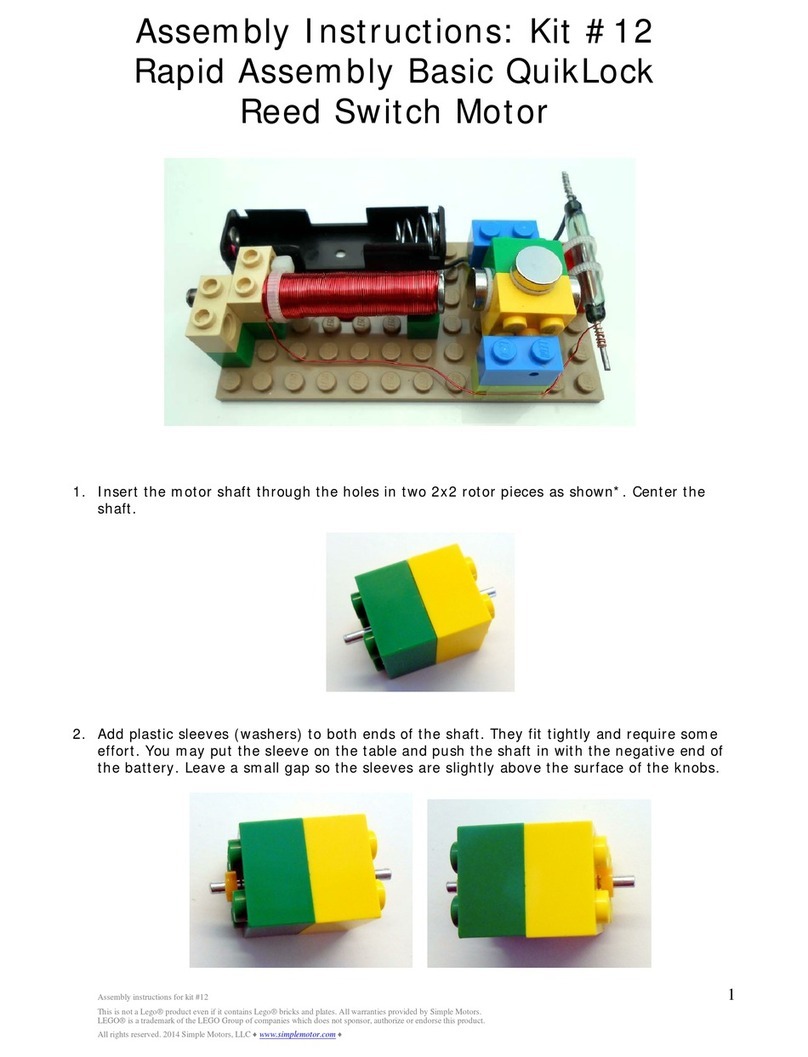
Simple Motors
Simple Motors Kit 12 User manual
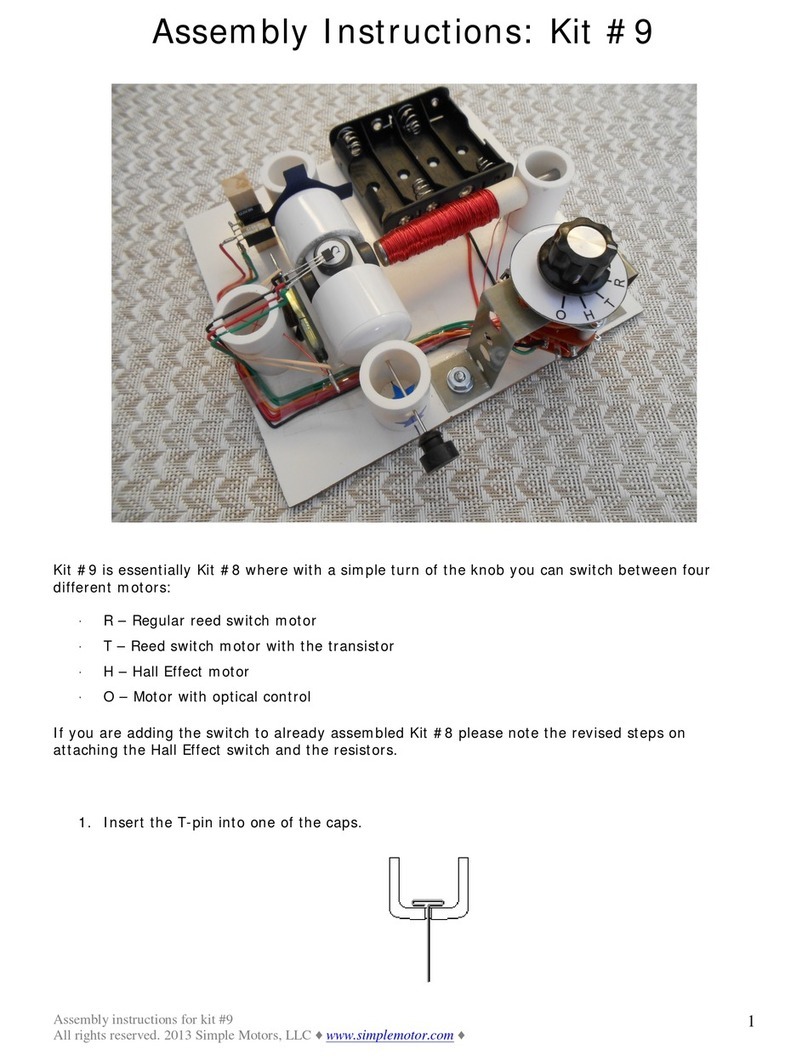
Simple Motors
Simple Motors Kit 9 User manual
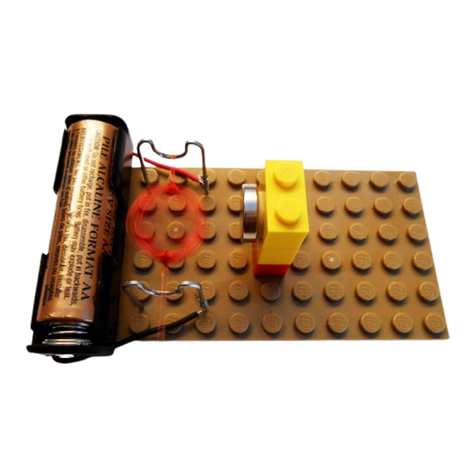
Simple Motors
Simple Motors Kit 16 User manual
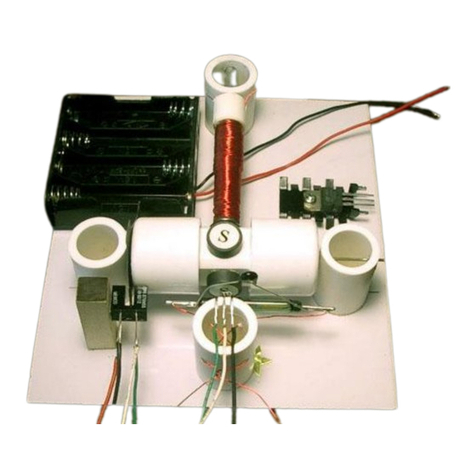
Simple Motors
Simple Motors Kit 8 User manual
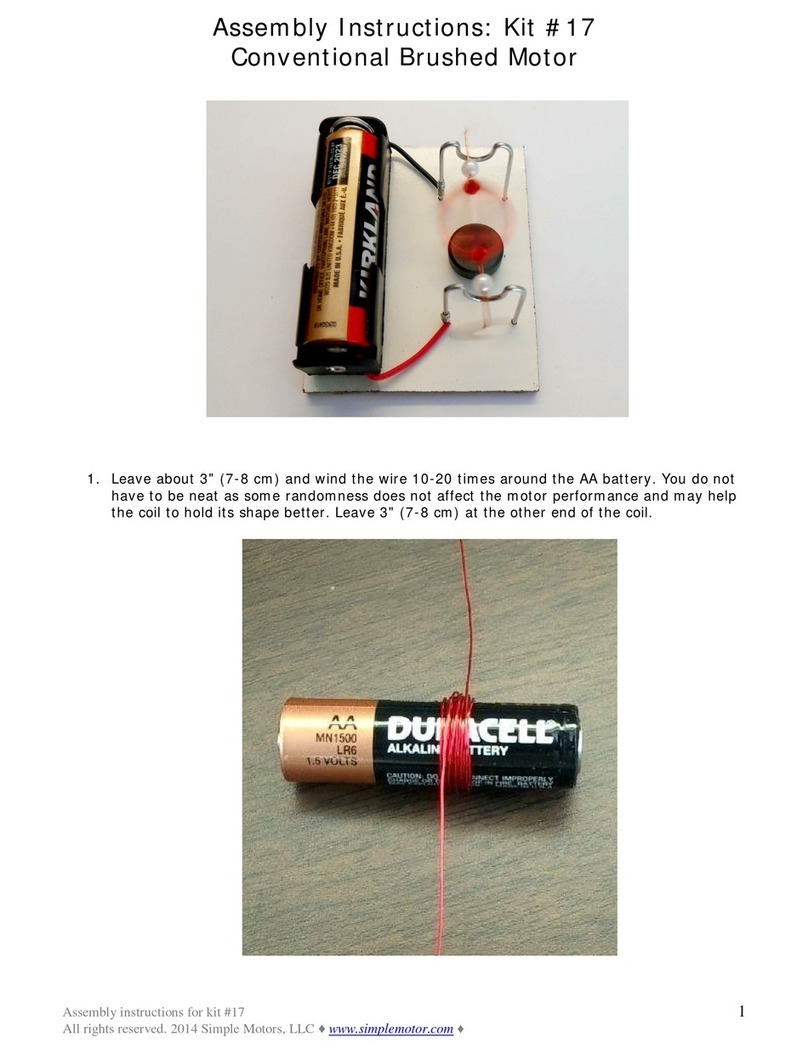
Simple Motors
Simple Motors Kit 17 User manual
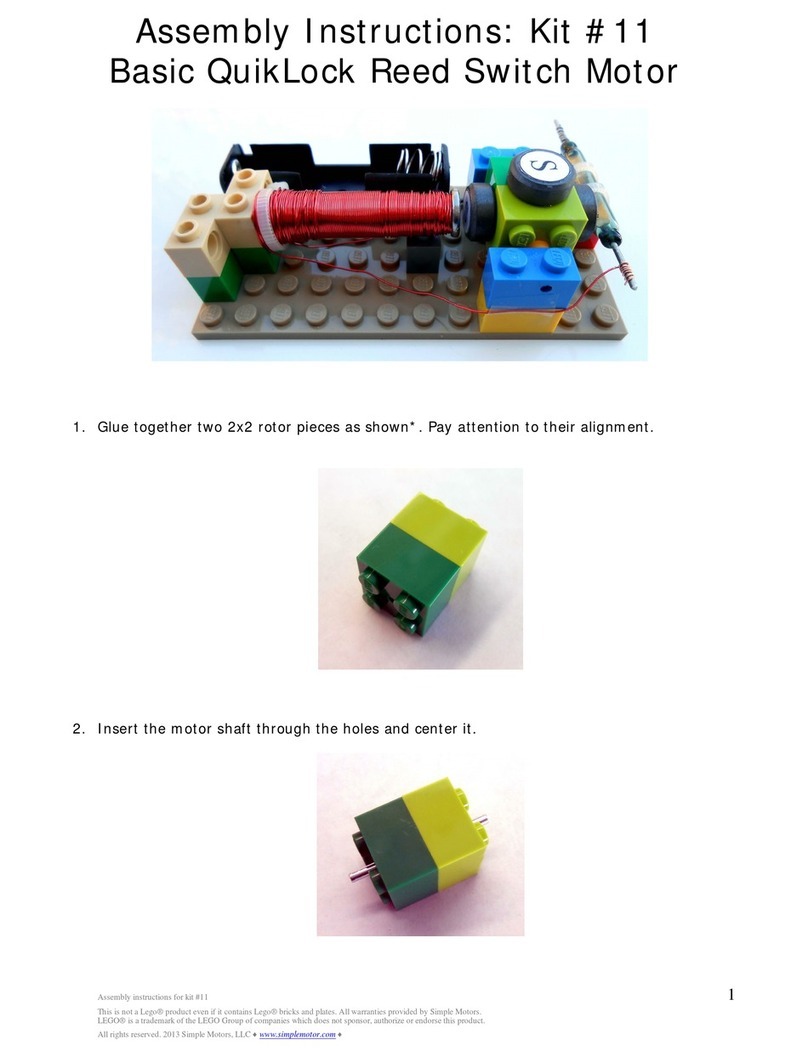
Simple Motors
Simple Motors Kit 11 User manual
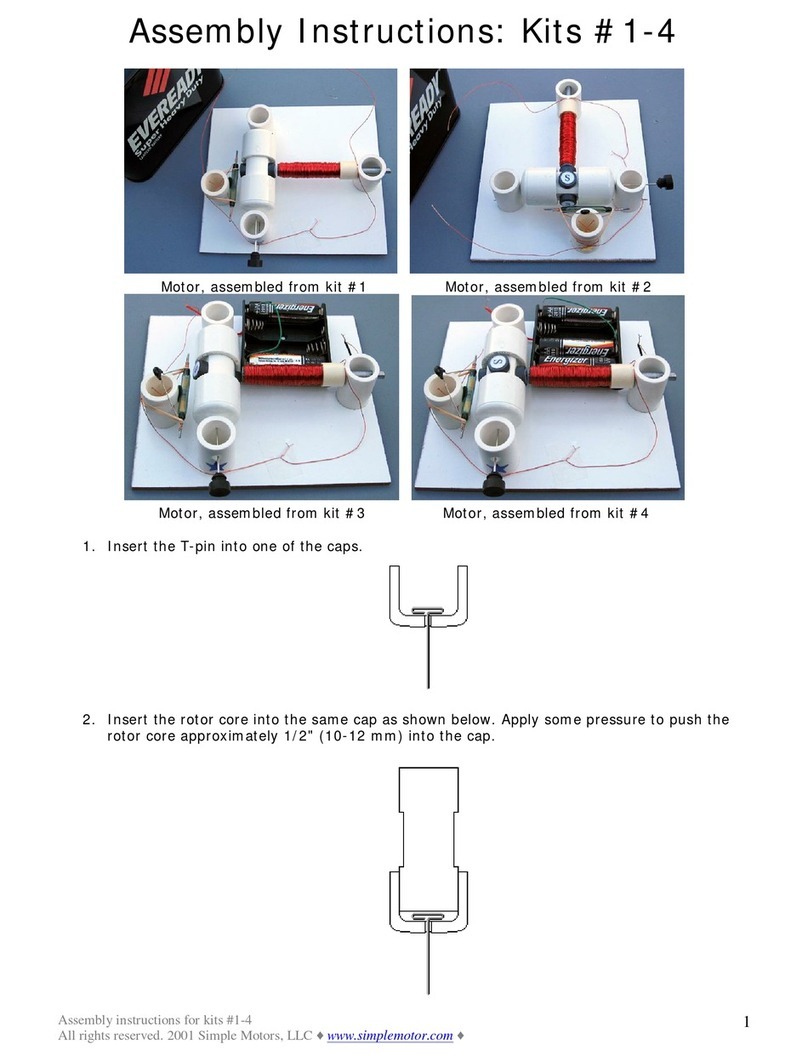
Simple Motors
Simple Motors Kit 2 User manual
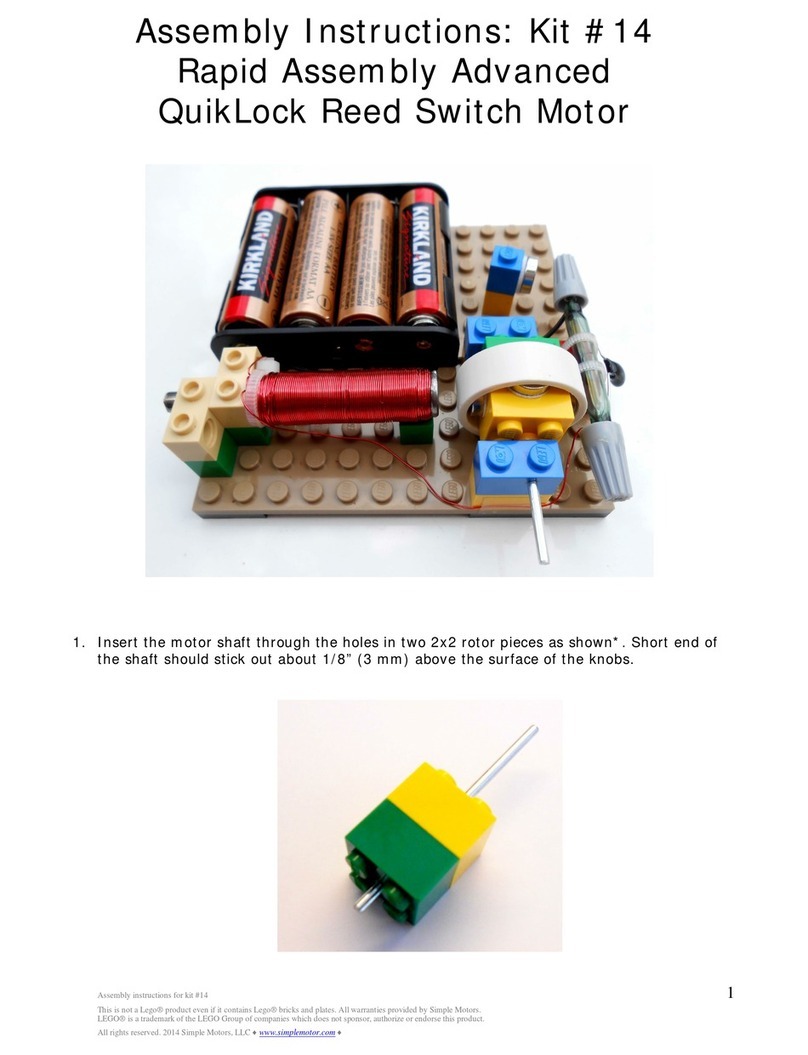
Simple Motors
Simple Motors Kit 14 User manual
Popular Engine manuals by other brands

Vanguard
Vanguard 25E300 Operator's manual
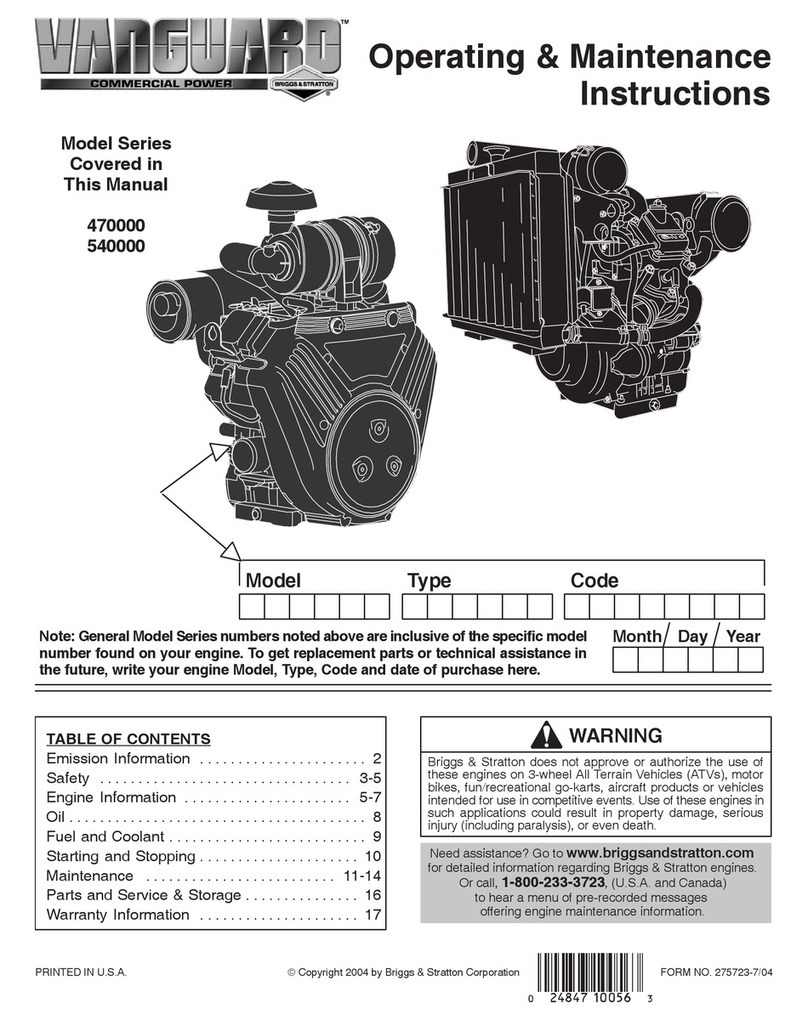
Vanguard
Vanguard 540000 Series Operating & maintenance instructions

Vanguard
Vanguard 613700 Operator's manual

Oriental motor
Oriental motor 2TK3GN-AW2J operating manual

woodmizer
woodmizer G15 Safety, Operation, Maintenance & Parts Manual
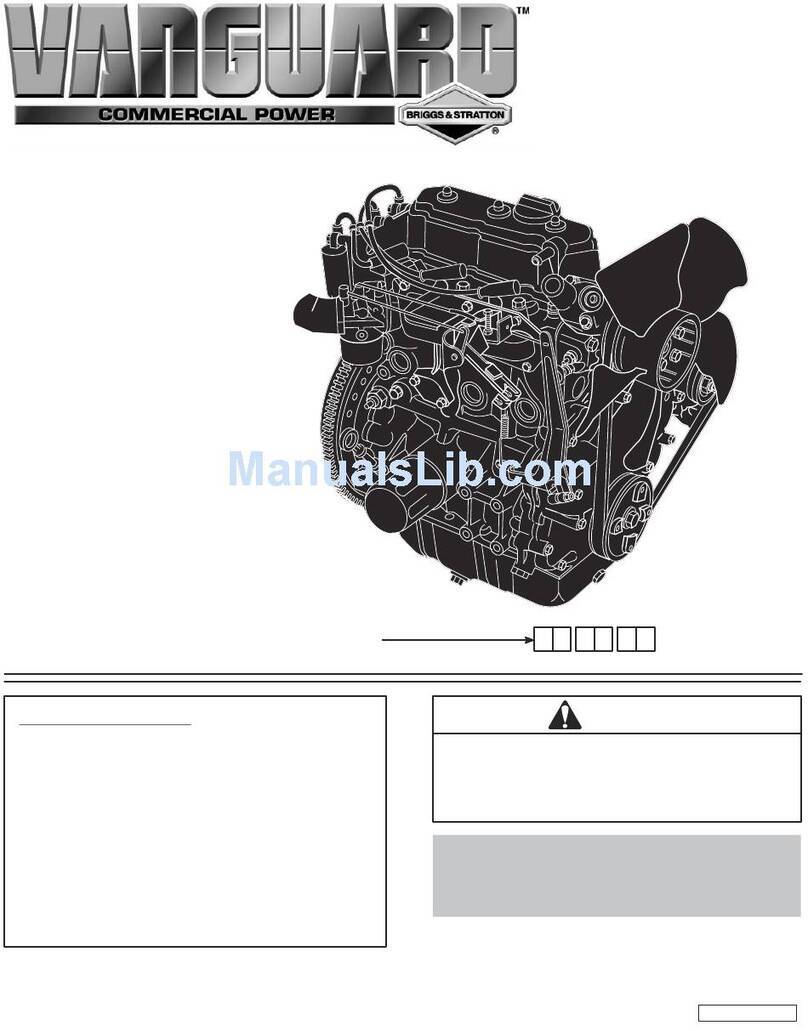
Vanguard
Vanguard 430447 Operating & maintenance instructions

Oriental motor
Oriental motor BLH Series operating manual
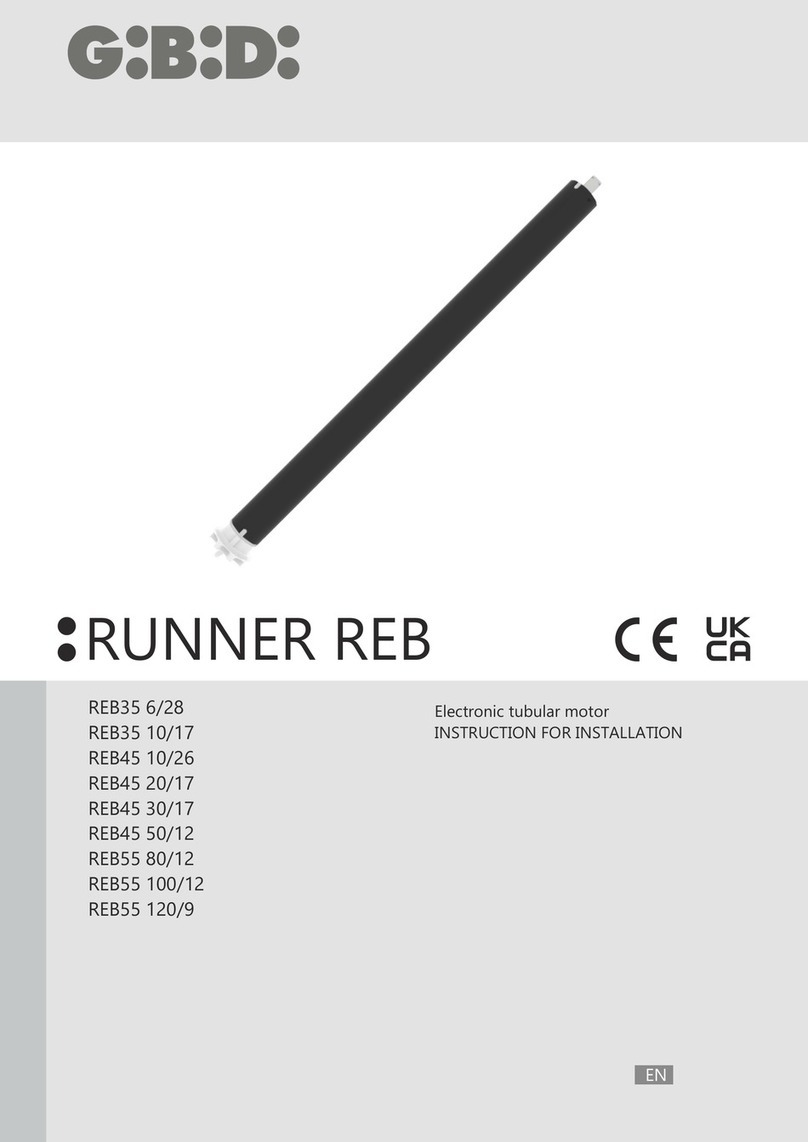
GiBiDi
GiBiDi RUNNER REB35 6/28 Instructions for installation
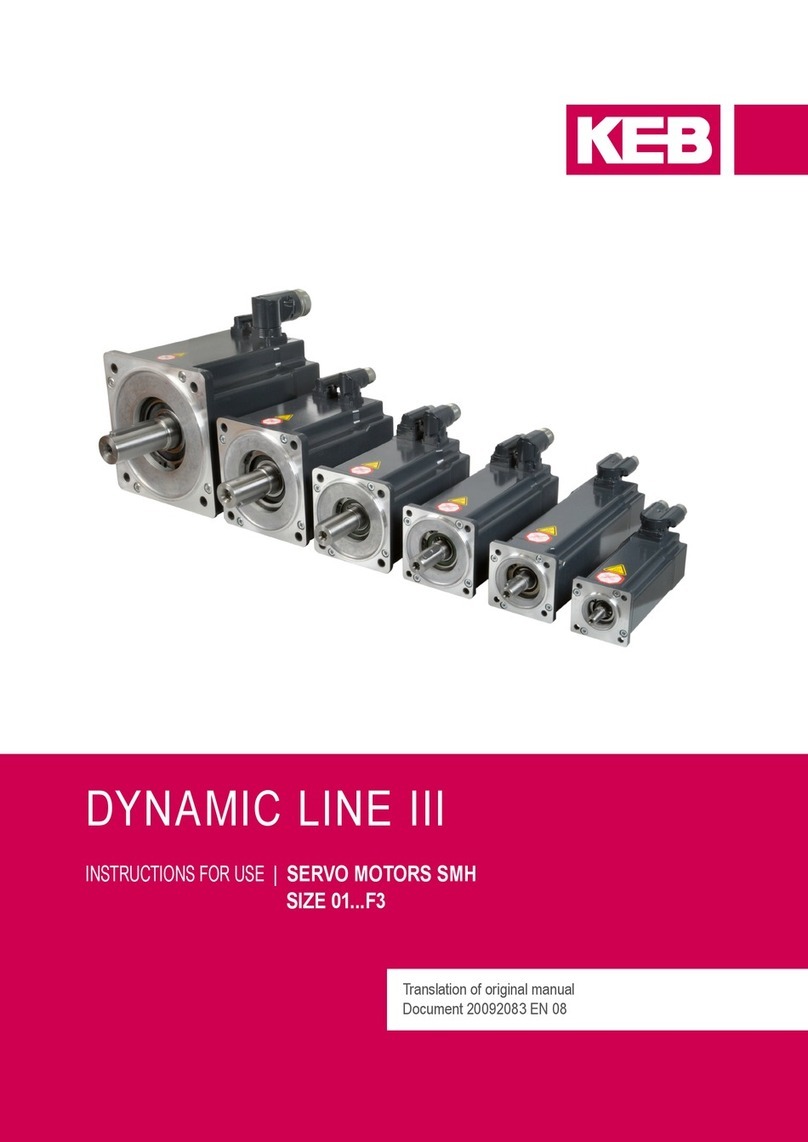
KEBCO
KEBCO DYNAMIC LINE III Instructions for use
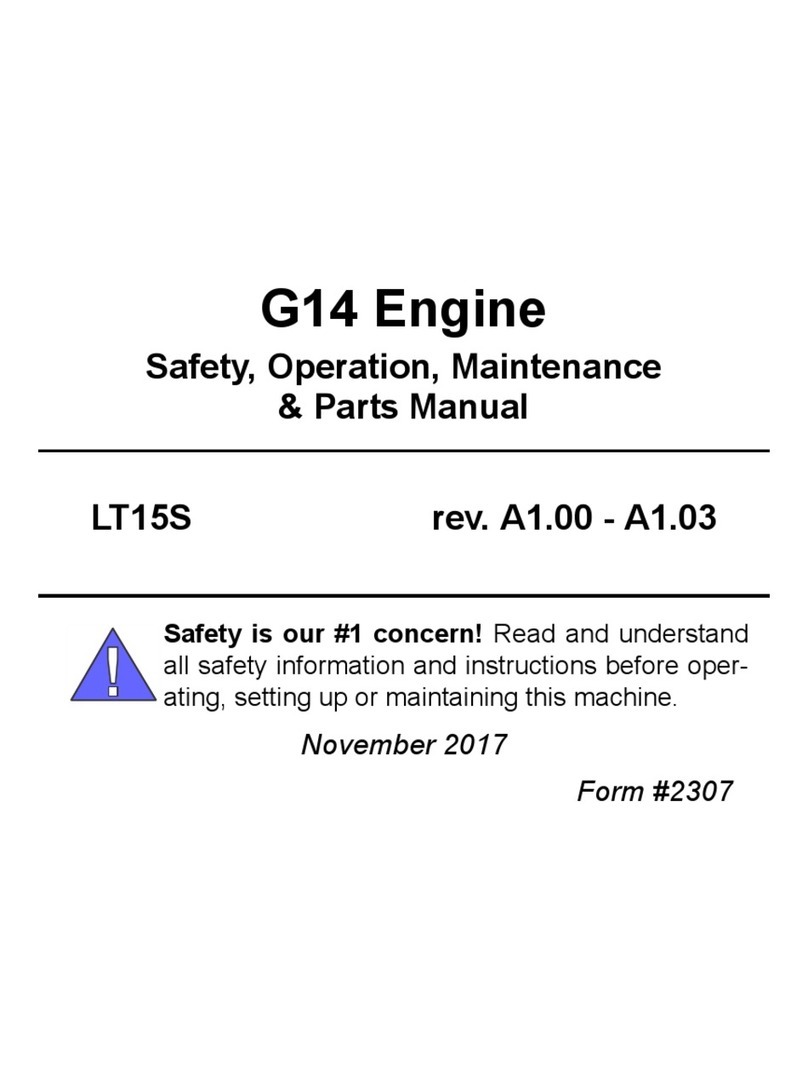
woodmizer
woodmizer G14 Safety, Operation, Maintenance & Parts Manual

Oriental motor
Oriental motor BMU Series operating manual
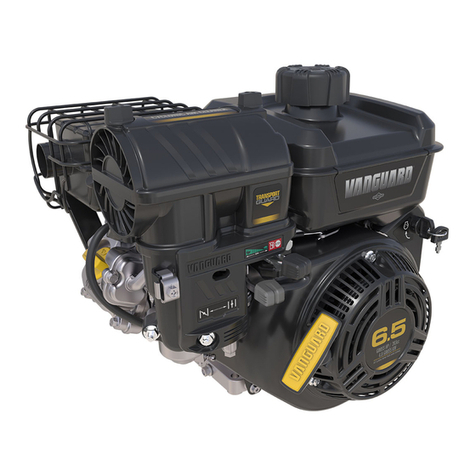
Vanguard
Vanguard 12V000 Operator's manual
